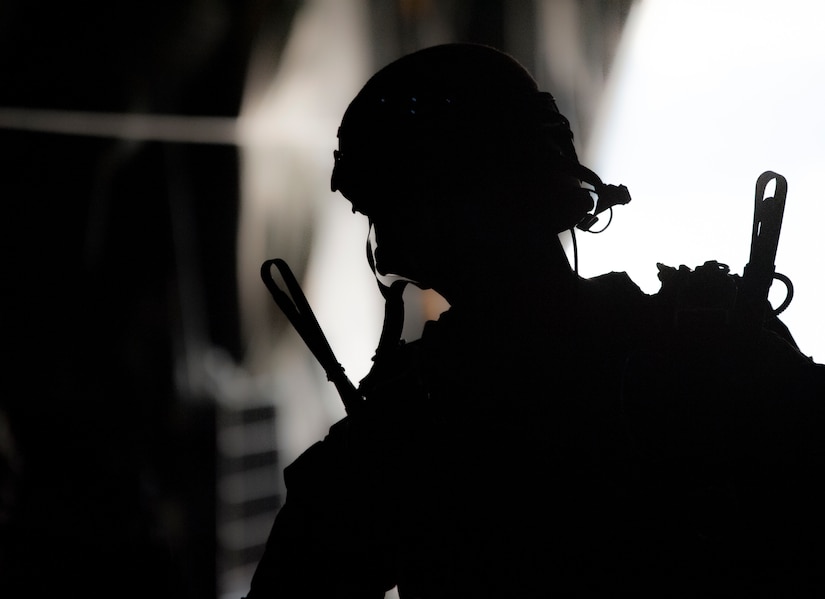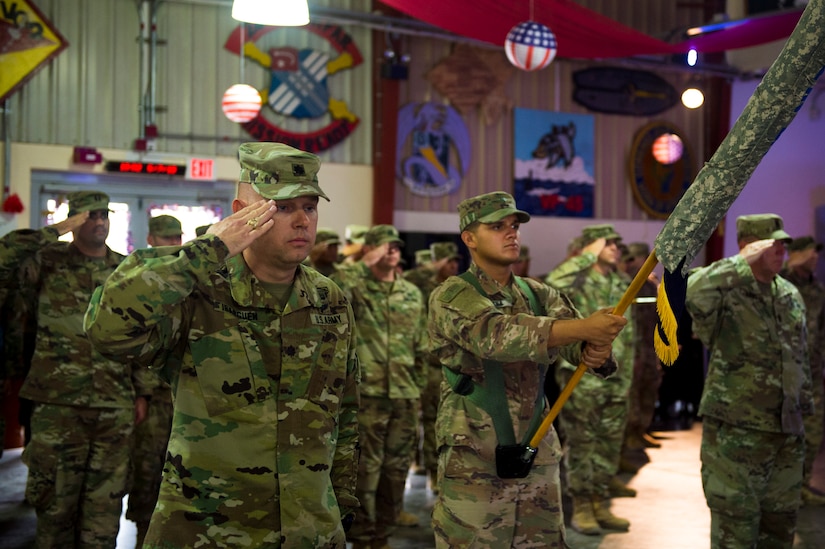By Air Force Airman 1st Class Mckenzie Airhart, 194th Wing
CAMP MURRAY, Wash. -- At the Washington Air National Guard’s
194th Wing here, the work of building airmen starts before basic military
training, in student flight.
Student flight is where newly enlisted recruits spend drill
weekends learning military customs and courtesies, rank structure, and other
pertinent information to set them up for success at basic training. The program
is led by Air Force Senior Master Sgt. John Austin, the force development
superintendent for the 194th Wing and the student flight superintendent
assigned to the 194th Force Support Squadron. After the recruiter, Austin is
often a new enlistee’s first impression of the Air National Guard.
“To have the opportunity to shape and mold and mentor every
new airman coming into the Wing -- that is as powerful as it gets, so there is
a lot of pride in that,” Austin said.
Austin has welcomed every new recruit to the wing for the
past seven years. He estimates that he has guided 500 airmen through student
flight during that time.
Student flight is the best program the Air National Guard
has to offer, Austin said. It is also the highlight of his career, he added.
“When you can go home at night and realize the impact you
have on the state, on the country, on the Air Force, I mean this
wholeheartedly, it is the best job you could ask for in the Air Force,” Austin
said.
Prepared Airmen
Student flight alumni have been known to receive honors in
training. This is due to recruits being better prepared, said retired 194th
Wing Command Chief Master Sgt. Brian Waggoner. The airmen are able to do so
well because of the example set by Austin in the program, Waggoner added.
It doesn’t take long to see that Austin exemplifies
professionalism, Waggoner said. “I straighten myself before I go into his
office,” he said. “He deserves the best leaders that we can be. I don’t want to
let him down.”
Austin emphasizes the importance of setting an example. “If
you don’t have those standards yourself, how do you pass them along and teach
them to anybody else?” asked Austin.
Austin builds trust with new recruits in the program by
taking a genuine interest in finding out who they are, said Airman 1st Class
Tyree Overall, a packer with the 194th Logistics Readiness Squadron Traffic
Management Office. Austin knows how to push people and challenge them to be
better, Overall said.
“He commands a presence,” Overall said. “Sgt. Austin just
has something about him.”
It’s an impression that sticks with 194th Wing airmen as
they move forward in their careers, Waggoner said. “It’s interesting now when
you see people pass him in the hallway or see him in the chow hall. That is
still the guy they want to impress, they want him to see that they are still
sharp,” he said.










